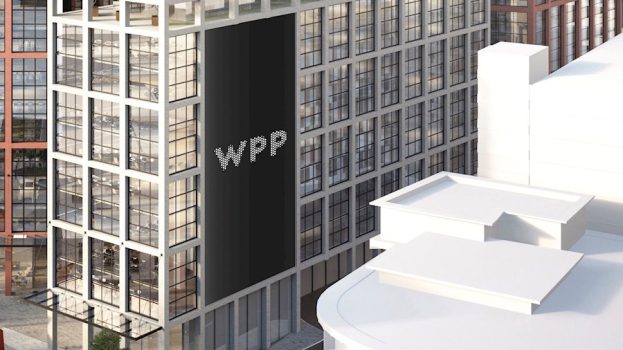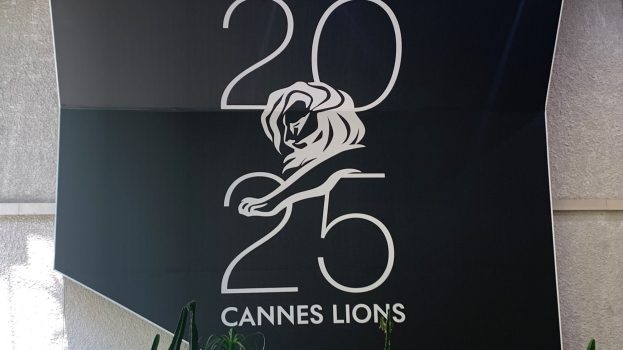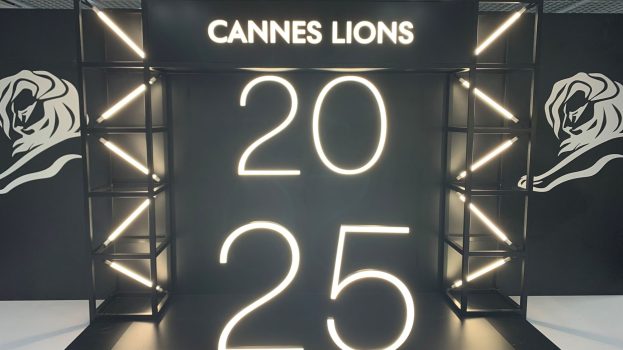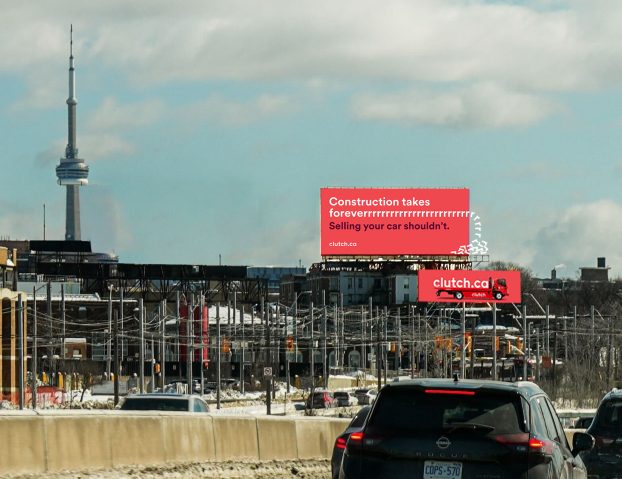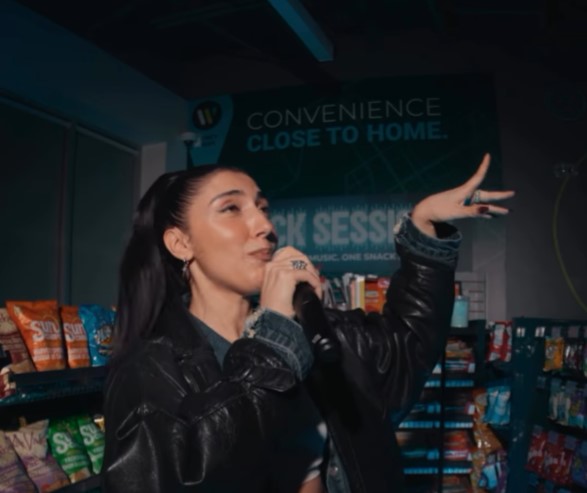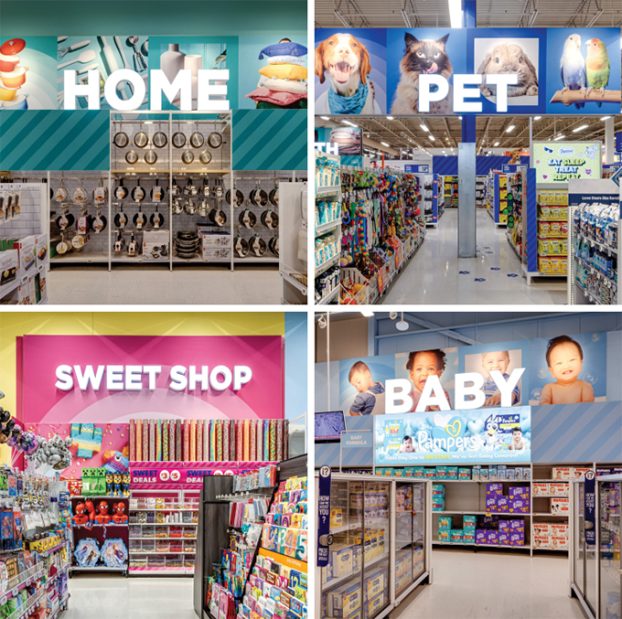Also in this report:
* Not the usual thing: Four examples of the unconventional in out-of-home p.24
* What’s new in outdoor p.27
This is a busy time for the burgeoning Canadian out-of-home industry – a time of growth and change. Within the last year alone, we’ve seen significant consolidation and acquisition action (Mediacom’s purchase of Murad Communications earlier this year, for example); a proliferation of new products and new advertising faces; and ongoing shifts in the legislative climate of several major markets.
The following is a rundown of some notable recent developments.
(Stories by David Bosworth, David Todd and Erica Zlomislic)
B.C. breakthrough
Before the end of the year, 10 new billboards and an electronic message board will be erected in Pitt Meadows, b.c., a bedroom community of 14,000 people that sits at the confluence of the Pitt and Fraser rivers, about 30 kilometres east of downtown Vancouver.
That may not sound like big news. But it’s something of a watershed for the greater Vancouver area, where most of the suburban municipalities have forbidden such forms of outdoor advertising for nearly 25 years.
Like so many other municipalities across the country, Pitt Meadows these days finds itself in need of ways to replace some of the revenue that has been lost to provincial government cutbacks. So when Seaboard Advertising of Vancouver came knocking on the door, looking for permission to introduce billboards in the community, the prospect of collecting permit fees and rent from the company just seemed too alluring to pass up.
‘The motivation from our perspective was the dollar revenue,’ says Jim Lowrie, director of development services for Pitt Meadows. ‘Our council had directed us to look for new sources of revenue, and advertising on public property was one source we decided to tap into.’
This, naturally, is good news for Seaboard, the largest supplier of billboards, transit ads and other forms of out-of-home advertising in b.c. But does it mark a turning of the tide for outdoor in the Vancouver area? Bill Moonen, Seaboard’s director of public affairs, isn’t so sure.
‘There’s been some expression of interest by other municipalities here and there,’ he says. ‘But there hasn’t been a wholesale stampede to change their bylaws. We’re hoping that [Pitt Meadows] will set a precedent, but we don’t believe the greater Vancouver region will open up much in the short term.’
For now, Seaboard is working with Pitt Meadows to identify suitable locations for its billboards, and is biding its time, waiting for other municipalities to come around in their thinking.
Although there’s been virtually no public opposition to the decision to allow billboards in Pitt Meadows, the municipality has taken steps to ensure that the outdoor ads won’t interfere too much with the scenic surroundings. Billboards will be restricted to locations south of the Lougheed Highway, the provincial arterial route that runs through the community and links Vancouver to rest of the lower mainland area.
So are the billboards selling?
‘Absolutely,’ says Moonen. ‘We’re completely sold out. Billboards are a hot medium.’ DB
The Absolut-ion of
Calgary
When Absolut Vodka unveiled an enormous mural in downtown Calgary on July 1, the liquor manufacturer wasn’t just mounting a great big ad – it was making history.
‘Absolut Stampede’ is the first mural the city of Calgary has ever allowed, according to Tom Blackmore, president of Absolut’s Toronto-based agency Sharpe Blackmore.
In keeping with Absolut’s long-standing creative platform, the painted mural depicts a stampede of horses against a mountainous backdrop – all in the shape of the famous Absolut Vodka bottle.
Cieslok Outdoor was responsible for creating the mural, which measures 50 feet wide by 75 feet high. Jorg Cieslok, president of the Toronto-based outdoor supplier, says the entire process – from the initial approach to Absolut, to the actual mounting of the mural, took months.
Sharon Purvis, a planner with the City of Calgary’s Planning and Building Department, says the city adopts an extremely cautious approach to outdoor advertising. Calgary, she explains, takes pride in green spaces and traffic corridors that are relatively uncluttered by billboards, and strives to keep things that way.
A mural that ‘screamed’ out its sales pitch would not have been permitted, Cieslok says. The ad had to be kept simple and subtle to win approval from city authorities.
Once the site for the mural was chosen and approval granted, a two-week public notification process took place. Two local out-of-home companies did step forward with objections, but an appeal board upheld the decision to approve the mural. Finally in June, the month-long process of painting and mounting the mural was begun.
Much of the public feedback on the mural has been positive, says Purvis, although a few citizens have raised concerns about having a large ad for a liquor company in such a prominent location.
The mural will be up until October, Cieslok says, after which the space will likely be sold to another advertiser. EZ
Going underground
‘We’re positioning it as the world’s longest drive-through billboard on the world’s longest street,’ says Greg Gallop, marketing manager of Toronto-based outdoor supplier Gallop & Gallop Advertising. ‘We thought that was pretty catchy.’
In August, Gallop & Gallop introduced backlit signs for the first time to Toronto’s Yonge Street tunnel, which runs beneath the busy Gardiner Expressway, connecting Front Street to Queen’s Quay,.
The tunnel, like the Bay and York Street tunnels nearby, has been a grubby eyesore for some time now. Gallop & Gallop, working in concert with a coalition of business interests called Tunnel Vision, reached an agreement with the city and the local railway authority earlier this year to refurbish the tunnel and install advertising signage. The tunnel interior was cleaned and patched, and eight backlits installed along each side. The signs are six feet high by 10 feet wide – nearly triple the size of a standard transit shelter ad.
‘That tunnel is one of the gateways to the city’s downtown core, and it’s been something of a disgrace,’ says Gallop. ‘This is helping to beautify the city, it’s saving the municipality the cost of doing the refurbishing, and it’s offering a unique medium for any advertiser that wants to buy it.’
Gallop says the company decided to try selling the entire tunnel to a single advertiser, rather than parceling out the available space to several. ‘If you had one Labatt ad, one Air Canada ad, one Toronto Raptors ad and so on, there’s no way you’d get brand recognition on all of those,’ he says. ‘For a single advertiser, it can become a kind of landmark location, and you can have a nice flow-through to the creative.’
Labatt Breweries of Canada has made a long-term commitment to advertise in the Yonge Street tunnel. Audrey Yates, national media manager for Labatt, says the company is always on the lookout for ‘high-impact’ media that meet its brand needs. ‘We recognized this as something innovative and highly visible,’ she says. ‘It’s a good find for us.’
Currently, the signs are being used as an extension of the ‘It’s Your Call’ campaign for Labatt Blue, with a fairly simple creative execution. In future, says Yates, the brewery may consider promoting some of its other brands in this location.
For Gallop & Gallop, the next step will be tidying up the front and back facades of the tunnel. The company is also working on developing the York and Bay street tunnels along similar lines.
Yates, for her part, is impressed by the increasing innovation that outdoor suppliers are showing in the development of new opportunities for advertisers.
‘There’s a lot happening in the medium right now, which excites us because we’re starting to use it a lot more extensively,’ she says. DT
A new face around town
There’s a new addition to the media landscape in Montreal. Outdoor supplier Mediacom has recently introduced ‘Mediacolumns’ to the city – a new outdoor advertising product designed to complement transit shelter buys.
Mediacolumns are freestanding, two-sided structures of up to 17 feet in height, featuring backlit panels that match the specifications of transit shelter ads. Michel Marcoux, Mediacom’s director of marketing for Eastern Canada, says Mediacolumns were introduced to give advertisers improved outdoor coverage in the Montreal area, without having to adapt to new creative specs.
‘We basically wanted to complement our transit shelter inventory with the Mediacolumns,’ he says. With only 40 Mediacolumn faces currently available in downtown Montreal, Toronto-based Mediacom isn’t offering any exclusive pricing for the medium yet. They are currently available only as a package deal with transit shelter ads.
Marcoux says that while the Mediacolumn units are, for now, only being erected on private property such as parking lots, discussions are underway with a number of municipalities around Quebec to have them installed on sidewalks and in other public locations. The University of Laval in Quebec City, he notes, has recently given permission to have 10 Mediacolumns located on its campus.
Among the advertisers to have used Mediacolumns so far are Royal Bank of Canada, McDonald’s Restaurants of Canada and Television Quatre Saisons.

